
Reza Shah Pahlavi was an Iranian military officer and the founder of the Pahlavi dynasty. As a politician, he previously served as minister of war and prime minister of Qajar Iran and subsequently reigned as Shah of Pahlavi Iran from 1925 until he was forced to abdicate after the Anglo-Soviet invasion of Iran in 1941. He was succeeded by his eldest son, Mohammad Reza Shah. A moderniser, Reza Shah clashed with the Shia clergy and introduced social, economic, and political reforms during his reign, ultimately laying the foundations of the modern Iranian state. Therefore, he is regarded by many as the founder of modern Iran.
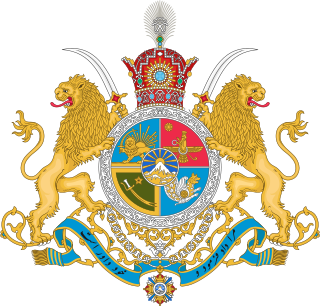
The Pahlavi dynasty was the last Iranian royal dynasty that ruled for roughly 53 years between 1925 and 1979. The dynasty was founded by Reza Shah Pahlavi, a non-aristocratic Mazanderani soldier in modern times, who took on the name of the Pahlavi language spoken in the pre-Islamic Sasanian Empire to strengthen his nationalist credentials.

The Qajar dynasty was an Iranian royal dynasty founded by Mohammad Khan of the Qoyunlu clan of the Turkoman Qajar tribe.
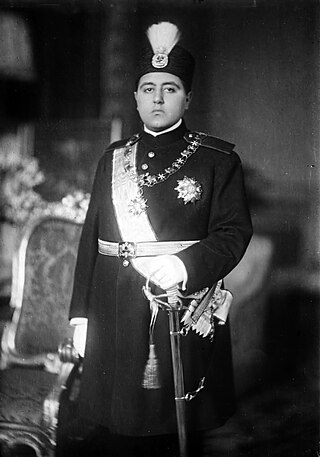
Ahmad Shah Qajar was the shah of Iran (Persia) from 16 July 1909 to 15 December 1925, and the last ruling member of the Qajar dynasty.
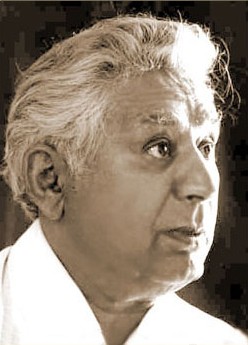
Bozorg Alavi was an influential Iranian writer, novelist, and political intellectual. He was a founding member of the communist Tudeh Party of Iran in the 1940s and – following the 1953 coup against Premier Mohammad Mossadegh – spent the rest of his life in exile in East Germany, first during the Pahlavi regime, then returning to Germany once more following the 1979 revolution. Cheshm'hā'yash, which was published in Iran in 1952 and was subsequently banned, is considered his finest novel. Alavi was also a very close friend of Iran's famous writer Sadegh Hedayat; these two created a literary group when they were residing in Paris called "sab'e group". Although Her Eyes is considered his masterpiece, Alavi also wrote many other books, such as the novel "Chamedan" (suitcase) which was written under the influence of Freudian psychology. His other novels "Mirza", "Fifty Three Persons" and "Gilemard" are mentioned in Iranian high-school textbooks. He did return to Tehran after the revolution but did not stay too long and decided to head back to Germany. Bozorg Alavi's contribution to Iranian Literature is profound due to the modernization movement in which he was a key member.
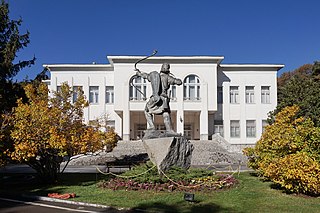
The Sa'dabad Complex is a 80 hectare complex built by the Qajar and Pahlavi monarchs, located in Shemiran, Greater Tehran, Iran. Today, the official residence of the President of Iran is located adjacent to the complex.

The prime minister of Iran was a political post that had existed in Iran (Persia) during much of the 20th century. It began in 1906 during the Qajar dynasty and into the start of the Pahlavi dynasty in 1923 and into the 1979 Iranian Revolution before being abolished in 1989.

The Persian Cossack Brigade, also known as the Iranian Cossack Brigade, was a Cossack-style cavalry unit formed in 1879 in Iran. It was modelled after the Caucasian Cossack regiments of the Imperial Russian Army. Until 1920, it was commanded by Russian officers, while its rank and file were composed of ethnic Caucasians and later on Iranians as well. During much of the brigade's history it was the most functional and effective military unit of the Qajar dynasty. Acting on occasion as kingmakers, this force played a pivotal role in modern Iranian history during the Persian Constitutional Revolution, the rise of Reza Shah, and the foundation of the Pahlavi dynasty.

Mohammad Reza Pahlavi, commonly referred to in the Western world as Mohammad Reza Shah, or simply the Shah, was the last monarch of Iran (Persia). In 1941 he succeeded his father Reza Shah and ruled the Imperial State of Iran until 1979 when the Iranian Revolution overthrew him, abolished the monarchy and established the Islamic Republic of Iran. In 1967, he took the title Shahanshah, and also held several others, including Aryamehr and Bozorg Arteshtaran. He was the second and last ruling monarch of the Pahlavi dynasty. His vision of the "Great Civilization" led to his leadership over rapid industrial and military modernization, as well as economic and social reforms in Iran.

Iranian monarchism is the advocacy of restoring the monarchy in Iran, which was abolished after the 1979 Revolution.
1921 Persian coup d'état, known in Iran as 3 Esfand 1299 coup d'état, refers to several major events in Qajar Persia in 1921, which eventually led to the deposition of the Qajar dynasty and the establishment of the Pahlavi dynasty as the ruling house of Iran in 1925.
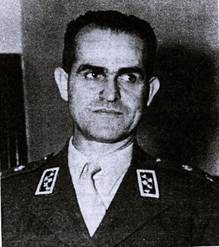
Mahmoud Afshartous, also written Afshartoos, was an Iranian general and chief of police during the government of Prime Minister Mohammad Mossadegh. Afshartous was abducted and killed by anti-Mossadegh conspirators led by MI6 which helped pave the way for the 1953 coup d'état.
In 1949 a Constituent Assembly was held in Iran to modify the Persian Constitution of 1906. Shah Mohammad Reza Pahlavi convened the assembly in April; he sought a royal prerogative giving him the right to dismiss the parliament, providing that new elections were held to form a new parliament. He also specified a method for future amendments to the Constitution. The amendments were made in May 1949 by unanimous vote of the Constituent Assembly.

Gholam Reza Pahlavi was an Iranian prince and a member of the Pahlavi dynasty, as the son of Reza Shah and half-brother of Mohammad Reza Pahlavi, the last Shah of Iran.

Abdul Reza Pahlavi was a member of Iran's Pahlavi dynasty. He was a son of Reza Shah and a half-brother of Mohammad Reza Pahlavi.

The Imperial State of Iran, officially known in English as the Imperial State of Persia until 1935, and commonly referred to as Pahlavi Iran, was the Iranian state under the rule of the Pahlavi dynasty. The Pahlavi dynasty was created in 1925 and lasted until 1979, when it was ousted as part of the Islamic Revolution, which ended the Iranian monarchy and established the current Islamic Republic of Iran.

The elections for the sixth Majlis ended on 27 June 1926.

The elections for the eleventh Majlis were held during the spring and summer of 1937 and all deputies were elected to the parliament.

Reza Shah issued a royal decree on 15 August 1932 for the ninth parliamentary elections to be held, and the elections started on the following day. The elections are considered fraudulent and "systematically controlled by the royal court".

Turan Amirsoleimani, born Qamar ol-Molouk Amirsoleimani, was an Iranian royal and the third wife of Reza Shah, with whom she had a son named Gholam Reza Pahlavi.
















